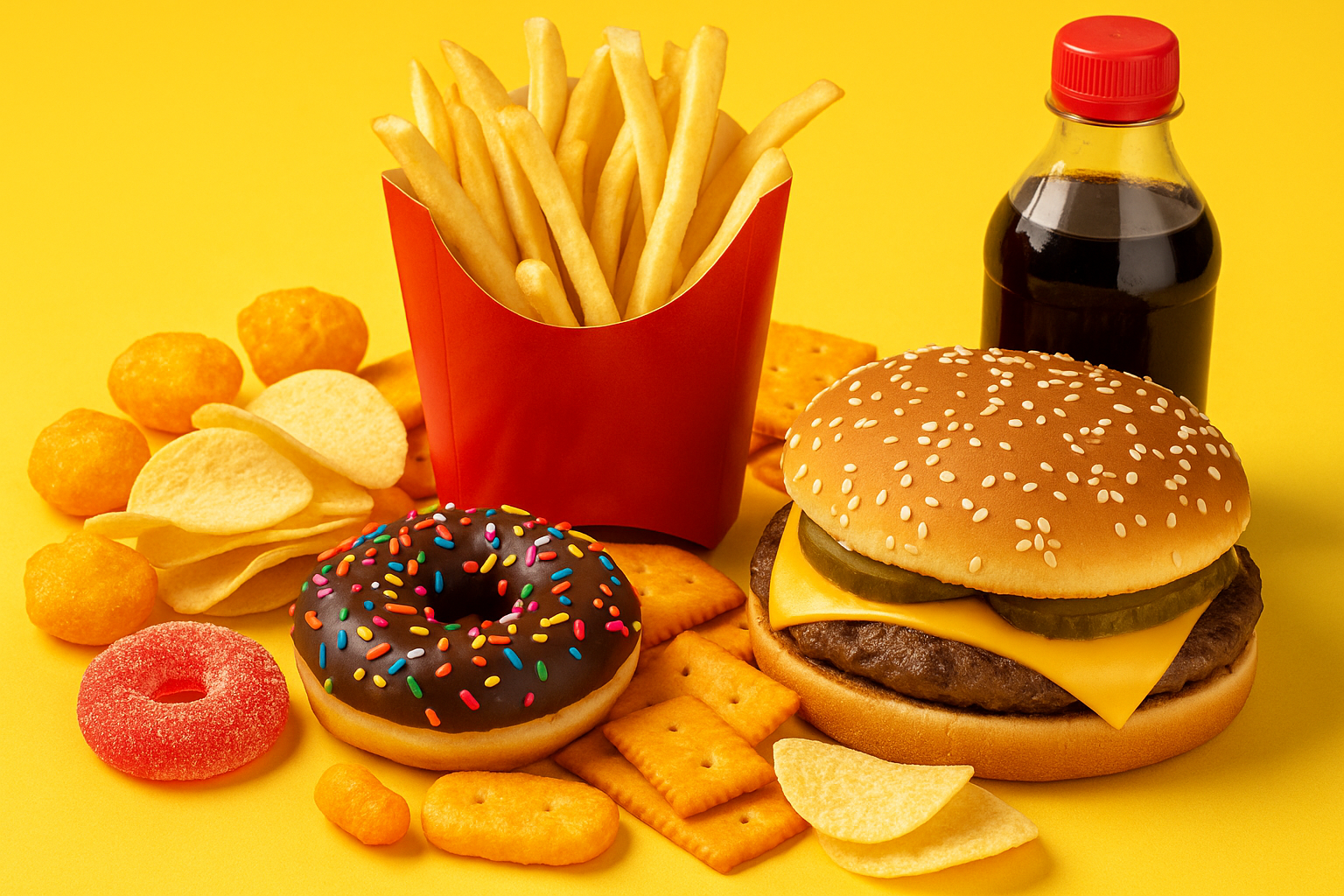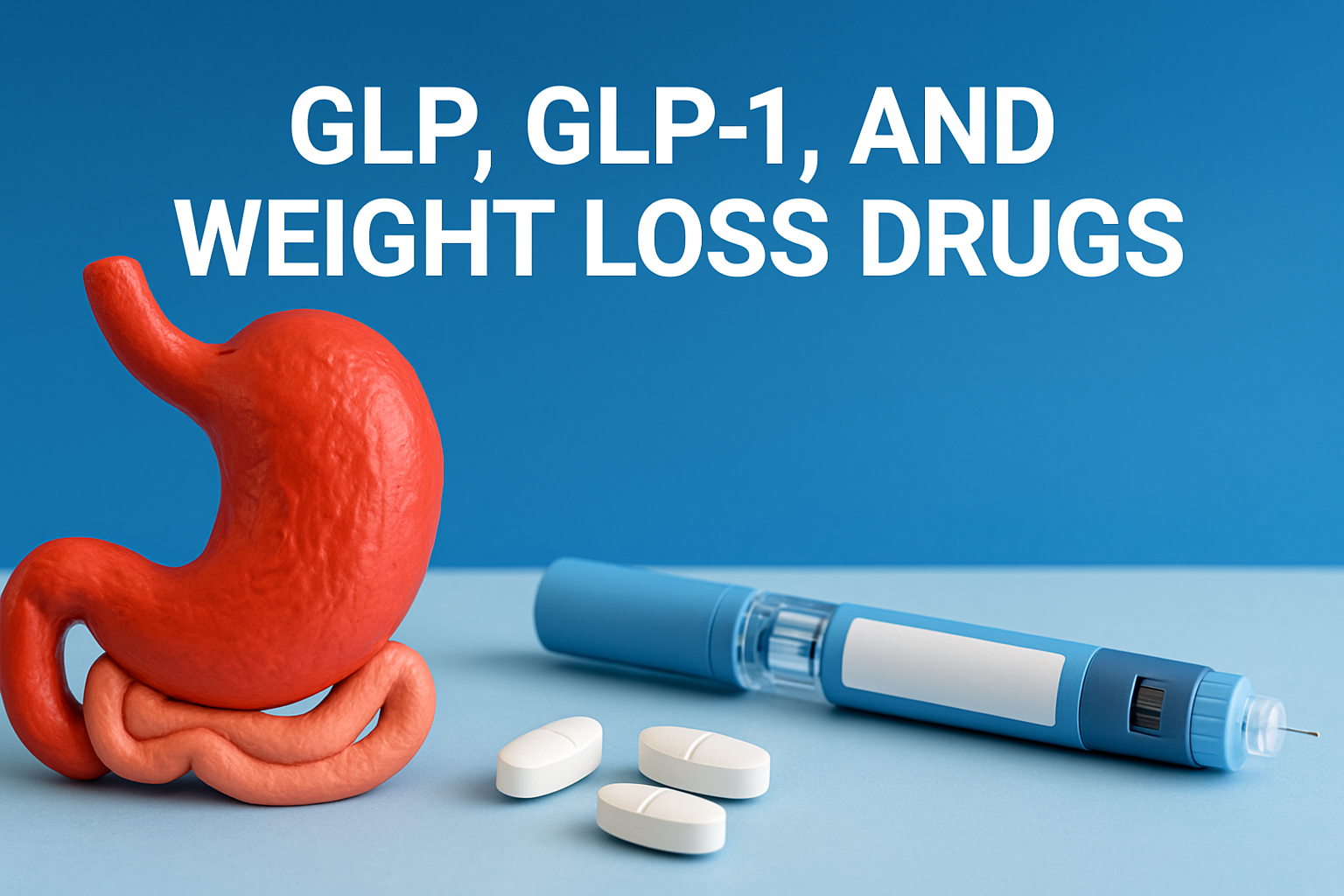Forget the food pyramid. In today’s economy, the real nutritional formula looks more like this:
Cheap ingredients + Addictive design + Aggressive marketing = Skyrocketing Profits.
We’re not living in a world of wholesome, home-cooked meals anymore. Instead, we’re navigating an industrialized food system that deliberately prioritizes profits over public health. Multinational corporations like Nestlé, PepsiCo, and McDonald’s don’t just “sell food”—they manufacture demand. What ends up on your plate has been designed in a lab, tested for maximum “craveability,” and marketed with psychological precision.
This isn’t food—it’s engineered consumption.
Craving by Design
Ultra-processed foods are at the heart of this system. They’re not just high in sugar, salt, and fat—they’re calibrated to trigger dopamine responses that override our natural hunger and fullness cues. Think chips that “melt in your mouth” or sodas that deliver a precise blend of sweetness and acidity to keep you sipping.
These products are stripped of fiber, nutrients, and real satiety. They don’t nourish the body—they stimulate compulsion. And that’s the point. If you stop eating after one cookie, the system loses. But if you finish the whole sleeve—and go back for more—that’s a win for quarterly earnings.
Global Infiltration Disguised as “Outreach”
In various parts of the world, mobile food distribution units are increasingly being used to reach remote and underserved communities. Painted in vibrant colors and stocked with ready-to-eat cereals, snack bars, and sweetened beverages, these vehicles are often introduced as part of “nutritional outreach” efforts. For families with limited access to fresh produce or traditional staples, these products may appear convenient and modern.
However, public health experts have raised concerns about the long-term implications of such interventions. In areas where local diets were once rich in legumes, root vegetables, and seasonal fruits, there is a noticeable shift toward processed foods high in sugar and low in nutritional density. This dietary transformation is not limited to one region—it mirrors broader global trends where rapid urbanization, limited nutrition education, and the appeal of convenience foods converge.
Similar patterns can be seen across diverse regions—from densely populated urban settlements to emerging rural markets—where processed food products often outpace traditional options in terms of availability and marketing. These changes highlight the importance of ensuring that nutritional outreach genuinely supports health, rather than unintentionally displacing more balanced and culturally rooted eating habits.
But this is not outreach. It’s infiltration. It’s the colonization of local diets by industrial food. What was once a landscape of beans, cassava, and seasonal fruits is now being replaced by cocoa puffs and soda pop—sold as modern, aspirational, and convenient.
The global south is being force-fed the global north’s worst habits.
Hooking the Next Generation Early
The battle for your eating habits starts early—very early. Children, still forming their palates and preferences, are prime targets.
Fast food mascots like Ronald McDonald, Happy Meal toys, and cereal box characters are not innocent branding—they’re strategic psychological hooks.
In fact, studies have shown that Ronald McDonald is more recognizable to children than Santa Claus in many parts of the world. That’s not a coincidence. It’s a business model built around lifelong consumer capture. The earlier a brand enters a child’s life, the more deeply it embeds in memory, emotion, and habit.
Today’s “kidfluencers” on YouTube and TikTok aren’t just entertaining—they’re subtly (and not so subtly) pushing processed foods. Sponsored content blurs the line between fun and sales, making it nearly impossible for children to distinguish between genuine excitement and paid promotion.
The Cost of Profit-First Food
The outcome? A public health disaster. Obesity, diabetes, hypertension, and cardiovascular disease are rising at alarming rates—not just in wealthy countries, but across the globe.
This isn’t a failure of personal responsibility. It’s a system functioning exactly as it was designed: to sell, not to nourish.
When profit drives food policy, the result is a population that’s simultaneously overfed and undernourished. What looks like personal choice is, in many ways, a carefully manufactured illusion—crafted by food chemists, marketers, and executives who will never meet the people whose health they’re compromising.
It’s Time to Rethink the Menu
We don’t just need better food—we need systemic change.
- Stricter regulations on marketing to children.
- Front-of-package warning labels on ultra-processed foods.
- Taxes on sugar and subsidies for whole foods.
- Global accountability for corporations operating in nutritionally vulnerable regions.
The truth is stark: the modern food industry is built not on feeding people, but on feeding profits. And unless we challenge that structure, we’ll keep mistaking addiction for appetite—and marketing for nutrition.
Your body wasn’t designed for this food. But this food was definitely designed for your body—to hijack it, to exploit it, and to sell you more of it.
Let’s start asking not just what’s in our food—but who it’s really nourishing.



